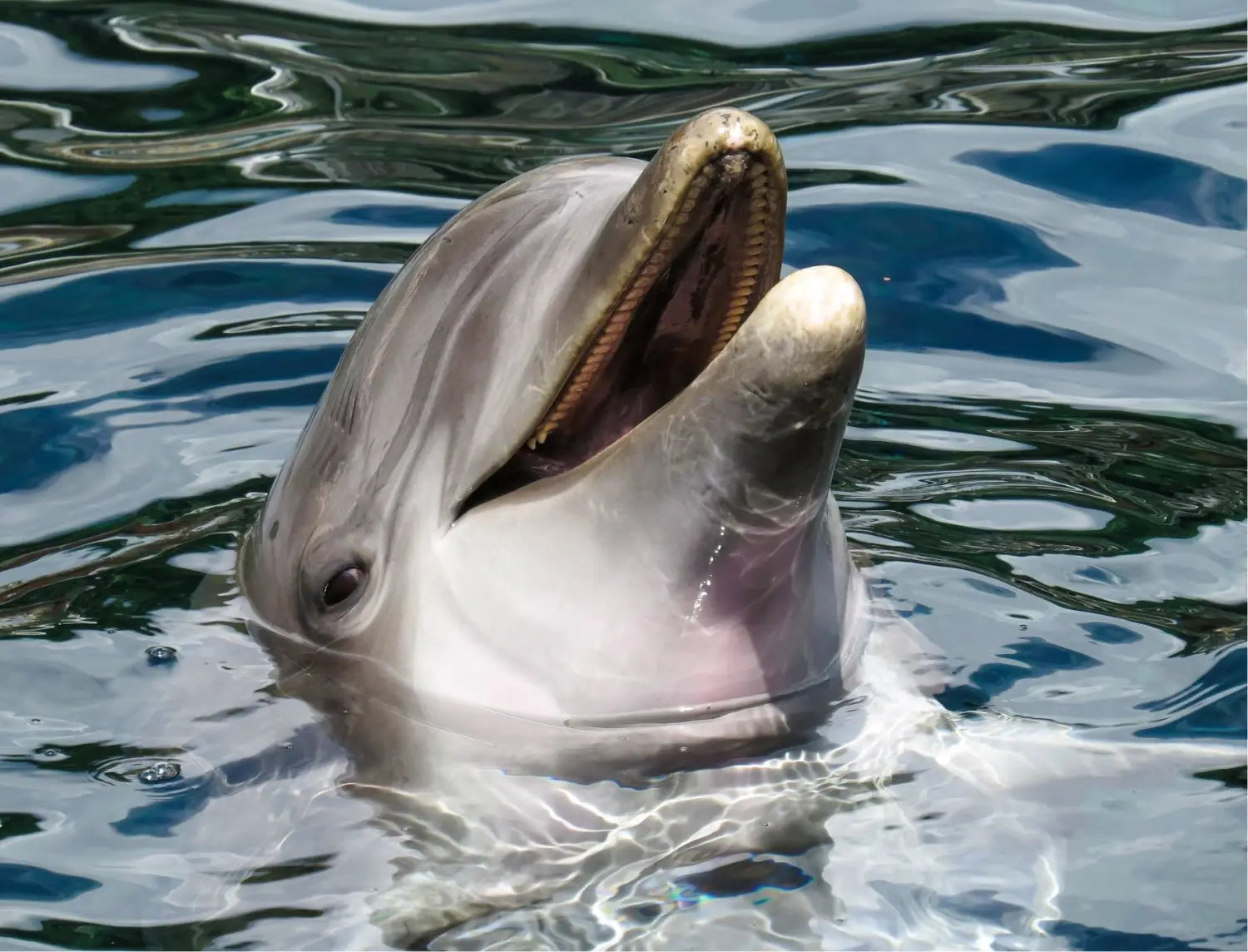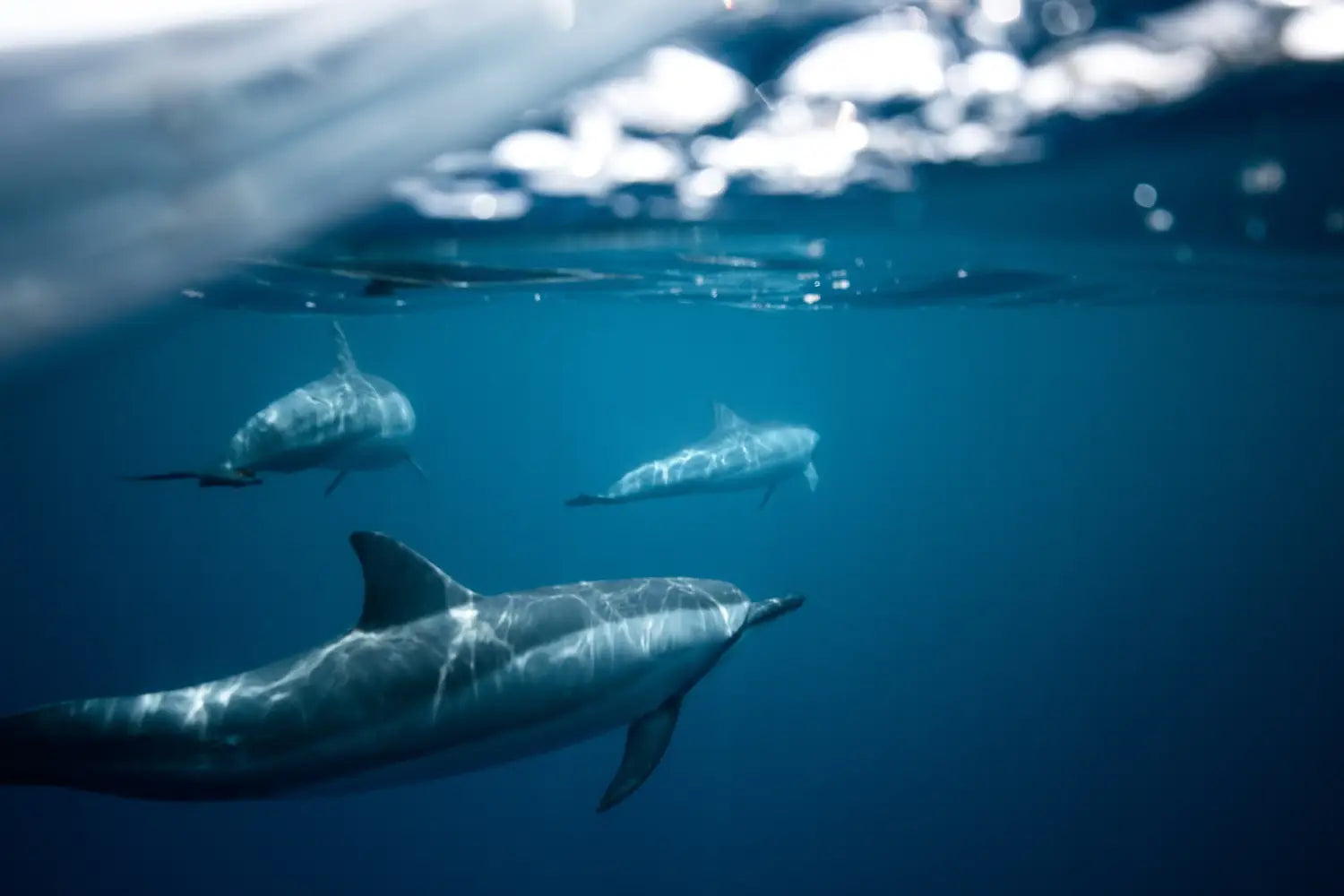How Dolphins Sleep and What This Has to Do With Environmentalism and Tourism
The surfing community is broad and diverse, including ocean lovers from all walks of life. I am always amazed by the people I meet in the water—and this past week was no exception.

While I was enjoying a surf session here in town, I started chatting with a woman who used to work for NOAA. We were talking about the fines that have been imposed on some of the dolphin tours here on the island, which has been somewhat of a controversial issue. While the local government and sea life authorities assert that the dolphin tour boats are disturbing these aquatic mammals, a few tour captains have chimed in and claimed that the dolphins are not being disturbed because they can swim faster than the boats travel and easily avoid any issues.
It was interesting to get this former NOAA employee’s thoughts on the matter. As it turned out, she made me aware of something that I didn’t know! Apparently, when dolphins sleep, they do so in a semi-active state, with one of their eyes open. They also move in a circular pattern while they sleep. And while research indicates that dolphins are typically more active during the day, they still have periods of rest during the daytime. What this means for dolphin tours is that it is entirely possible that boats looking for dolphins might be disturbing animals that are in the process of taking a nap, and that only appear to be active because of the circular movement they engage in while sleeping.
I don’t know about you, but I really dislike being woken up from a nap. In addition, we know from research that humans and other animals can suffer major health issues when they don’t get enough restorative sleep—even to the extreme point where mice deprived of sleep have died due to lack of rest! Thus, it makes sense that dolphins being disturbed during their naps may very well suffer negative effects.
The circular motion that dolphins take while sleeping is also interesting because it makes it easier for scientists to track, find, and study pods of dolphins. As it turns out, the spinner dolphin population here in Hawaii has been declining, and scientists at NOAA and elsewhere believe this is due to human interaction, which can serve as a major stressor for the dolphins when the interaction is involuntary and unwanted.

The long and short of all of this is that we humans are guests in the ocean, whether we are there surfing, swimming, or driving around on a boat looking at dolphins and other beautiful wildlife. As such, it is our responsibility to be respectful of the sea life and the ocean in general—and this means interacting in a less intrusive manner. There are numerous laws governing how close boats can get to whales during whale-watching tours in Hawaiian waters, and it sounds like the local government is starting to crack down on some of the dolphin tours as well. Regardless of each person’s opinion on this issue, I think we can all agree that we need to protect the ocean environment as much as possible, and that we should continue to study the effects of human interactions with sea life so that we can ensure we aren’t negatively impacting these important species.

